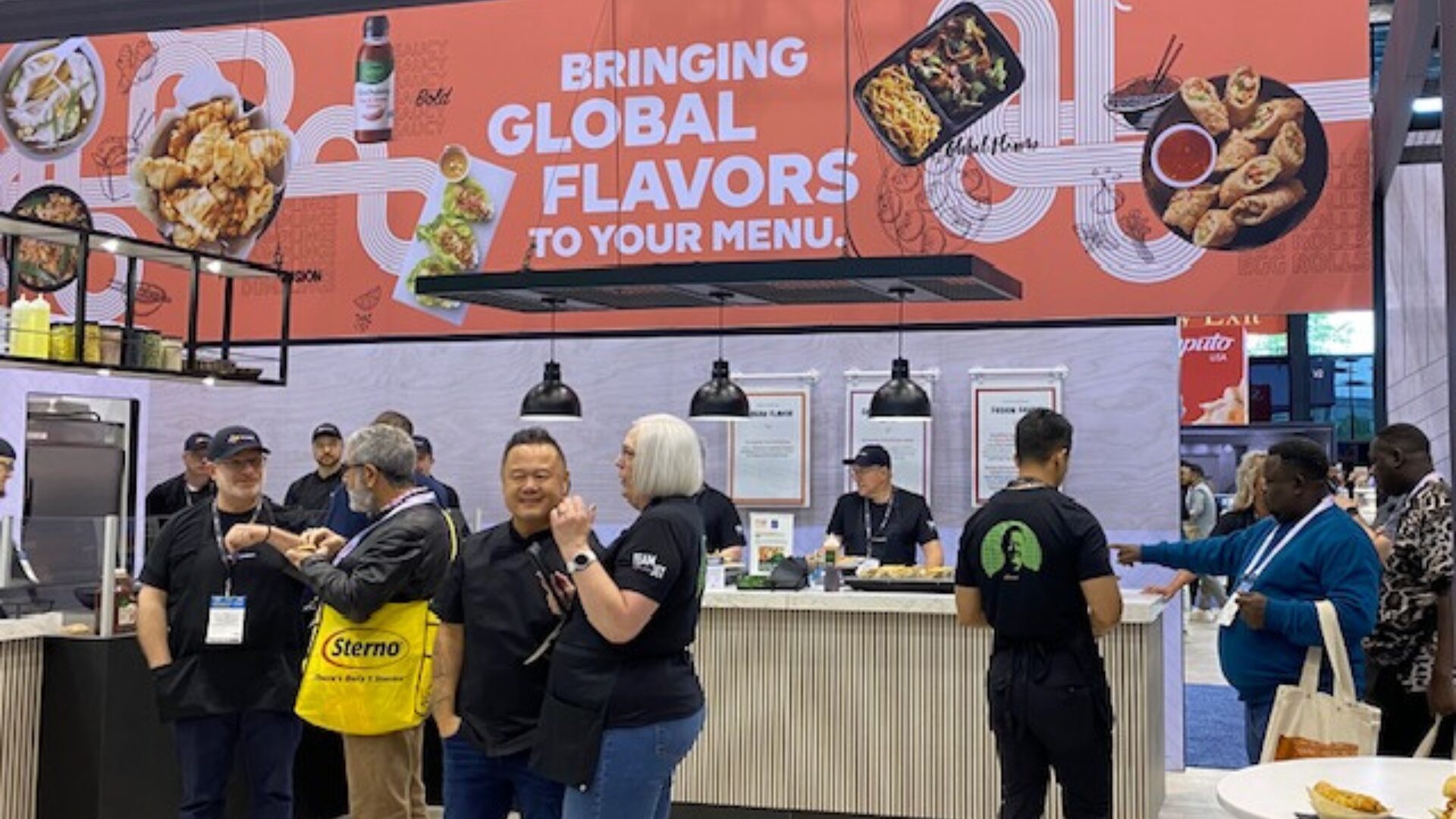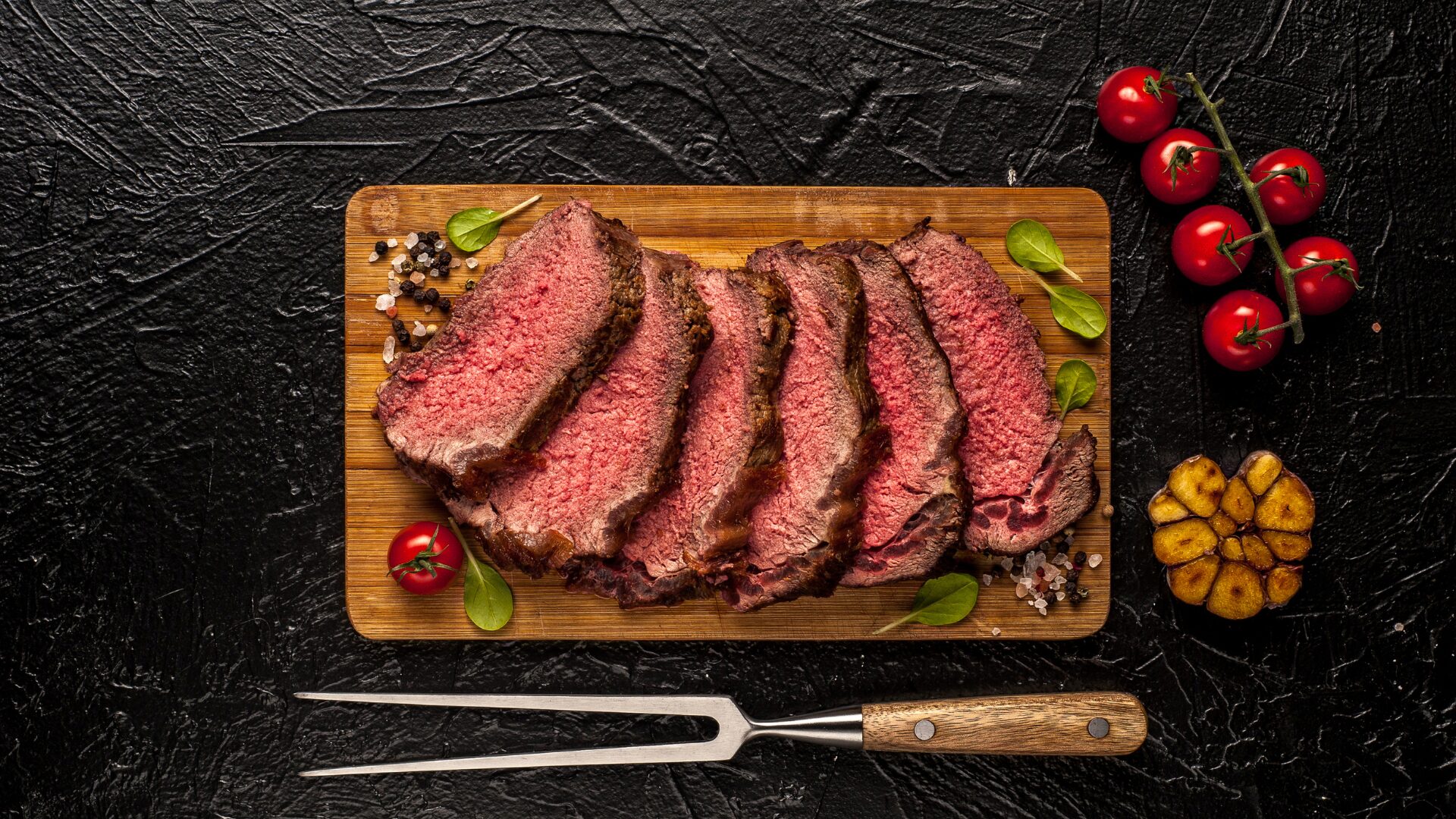Consumers who want to save money on groceries are turning to coupons, loyalty programs, and rewards while cutting back on snacks, a survey by Seattle retail technology platform Swiftly indicates.
The online True Cost of a Grocery Shop survey of 1,500 consumers shows inflation is having a dramatic impact—69% of respondents said they’re struggling to pay their grocery bills.
Though inflation has cooled in recent months, government figures show prices still are 7.1% higher than last year at this time – and grocery prices are up 12%. Treasury Secretary Janet Yellen told CBS’s 60 Minutes that consumers can expect to see much lower inflation by the end of next year.
In the meantime, 83% of survey respondents said they use coupons, rewards apps, or loyalty programs to reduce costs, while 74% said they have changed their grocery shopping habits. Seventy percent said they prefer shopping in person at local grocery stores. And though more consumers have reverted to shopping in person, online grocery shopping and home delivery are expected to have staying power.
The Finder’s Consumer Confidence Index shows the average grocery bill is $195 a week with Gen Z averaging the most ($290) and baby boomers spending the least ($155).
“The grocery sector is at a turning point,” said Henry Kim, co-founder and CEO of Swiftly, warning the potential mergers of giant grocery chains could further increase prices.
This price consciousness is an opportunity for grocers to stock up to enable consumers to make bulk buys, to promote private labels and in-store specials, and to take the opportunity to rethink their use of space – using endcaps for everyday essentials to make quick trips easier, considering more consumers are determined to stick to shopping lists.
Vericast retail and consumer behavior expert Chip West told The Food Institute it’s not all about price.
“We are also seeing private brands grow as a result of the focus on value,” West said. “Some studies are showing that consumers are sticker-shocked with inflation especially at grocery stores. Grocers have realized this and are now promoting the value of their private brands.”
A recent Vericast survey found 70% of consumers are “looking for ways to cut expenses everywhere I can,” a sentiment that was especially true of baby boomers and those living paycheck to paycheck.
“Receiving a coupon or discount makes consumers feel more positive toward brand/store, more likely to repeat purchase and experience greater satisfaction,” West said.
And price sensitivity has sparked interest in more dynamic pricing, lowering prices as foods get closer to their expiration dates.
“We are now seeing evidence in the European markets that consumers are open for food pricing that is expiration-date related,” said Oded Omer, founder and CEO of Wasteless, an artificial intelligence technology that uses dynamic pricing to cut down on food waste.
“This approach not only saves money for the consumer but also gives them the good feeling of protecting their environment by buying food according to what they plan to consume. Retailers that leverage food pricing that is expiration-date related save 50-90% of the cost of surplus food that otherwise would’ve been discarded.”
Samuel Dennigan, founder and CEO of plant-based food company Strong Roots, said grocery shoppers also pay more attention to the frozen food aisle as a means of cutting down on waste.
“Frozen produce has had a bad rap in the past, but that’s not the case now. We’re seeing consumers flock to the freezer aisle to limit food waste and get value for money – frozen food sales were up 26% in January 2022 compared to January 2020 and 30% of shoppers increased their freezer capacity. As they juggle busy schedules, consumers are also prioritizing convenience – plant-based frozen meal sales climbed 5% this year and the global frozen ready-made meal market is expected to reach $130.67 billion by 2029,” Dennigan said.












